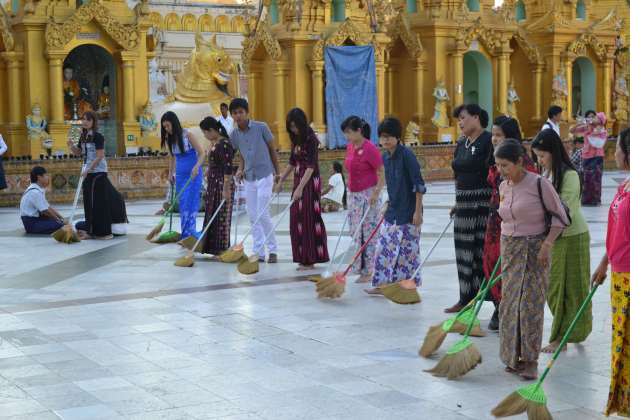
The start of the Whanganui river road
One part of this trip will stay with me for a long time – the journey up the Whanganui river road. The valley cuts a deep, winding path through the hills of the New Zealand’s North Island, but it now has just two bridges – at Whanganui town itself, and the so-called Bridge to Nowhere , some 100 kms to the North. Sacred to the Maori, it is a hauntingly beautiful place, with many more stories than I could possibly unearth and tell on my short journey through it.
It was also once, a place of dreams for British, mainly Scottish would be settlers, its river banks advertised as fertile ground on which to nurture a new life away from the grinding poverty of their Victorian homeland. At first they got along with the local Maori well, then fighting broke out as the local tribal leaders began to realise that gifts of guns and cloth came with barbed wire and claims over land. But eventually, they agreed a peace that saw them take the side of the English in later wars with other Maori tribes. New Zealand history is, as the Americans say, “complicated”.
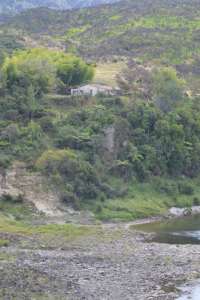
Abandoned farm on the West bank
Fertile as were the fields surrounding the mouth of the river, the higher reaches proved hard, narrow and difficult to work. Today, there remain a few sheep and cattle farms on the East bank of the river, served by the river road, but almost all on the West have long been abandoned, already reclaimed by the thick New Zealand bush. Maori villages, too, have been disappearing, as people are drawn to the better and easier living of the larger cities. Though they still return, by family and tribe to the remaining marae[1] for weddings and funerals, even those marae that remain are little used otherwise.
Driving down to Koriniti Marae, I was passed by a full school bus, but found the Marae itself apparently deserted, it’s wooden church, long-houses and refectory, closed and silent. However, with a feeling of quiet expectancy, I sat down to wait. After about half an hour I spotted a thin, bearded figure walking up from the nearby river. This was Gilbert, a local half-Scot, half-Maori, who had retired some years ago from “35 years working the railway”, and returned here, to his childhood village.

Koriniti Marai
“What you want to come all that way to this little place for?” he asked, a look of wry amusement on his face. But after we’d discussed the whereabouts of his sheep – “they love the grass down here, but they make such a mess” – the chestnut and fruit trees that surround the Marae, and the farms he used to help tend across the river (all abandoned, now) – he took me through the gate into the grounds of the Marae, itself.

Gilbert
By then, we’d been joined by a young Swiss couple who helpfully plied him with questions, allowing me to get this shot, with the left-hand long-house in the background. Gilbert told us proudly of how his uncle had rescued the carvings and much of the rest of the structure from another Marae that had been abandoned on the West bank of the river. “He knew it would rot away if it was left, so he brought it down piece by piece, by canoe. Rebuilt it here himself; wouldn’t let anyone help him”. Gilbert paused a moment, then added,” He wanted it done right”.
Even then, fifty years ago, Gilbert said that the surrounding village was just forty in all – it had been much larger in the century before, when the Church of England had established a mission there. “We all lived together, then. But then they told him (sic), he could have his own house, and he moved away” Gilbert said, with a laugh and shook his head.

Part of the carvings rescued by Gilbert’s uncle
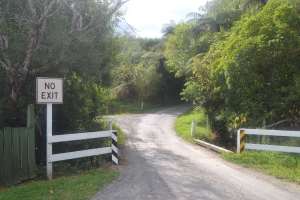
Pipiriki – the end of the road – only boats go further north
Koriniti, he told me, was the Maori name for Corinth – missionaries to the area tended to name their missions after cities in the bible or in Europe. Later, I passed Hiruhārama (Jerusalem), the largest remaining Marae on this river and Ranana (London). Eventually, I arrived at Pipiriki the end of the river road. To get to the Bridge to Nowhere would have meant a 30km boat ride – the jet boats sound like fun, but there is no time for me today and so I turn East.
Post script: A week later, I walked into the Auckland Art Gallery, to find this series of b/w images of the Whanganui, by Ann Noble. If my pictures do not convey the beauty of this rare place, perhaps these do.
[1] A marae is a ceremonial ground and meeting place – every Maori Iwi or tribe has one, that in times past represented both the geographical and spiritual heart of its people. Today’s maraes are well cared for, and still provide a focus for the great values and principles of maori culture – pride in family and tribe and a deeper kinship for nature than most westerners have ever known. I wonder if new ways need to be found to sustain those values in the modern world, but only the Maori will know.










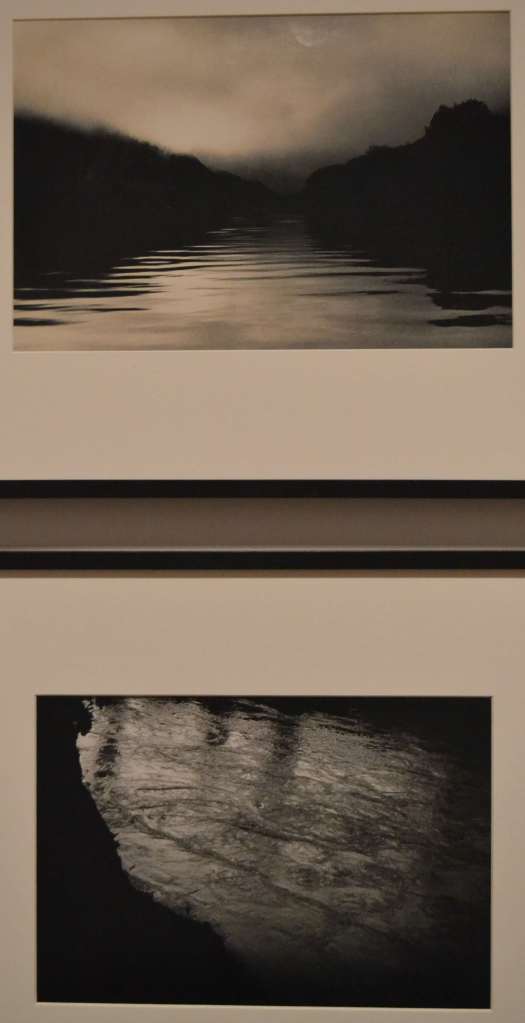

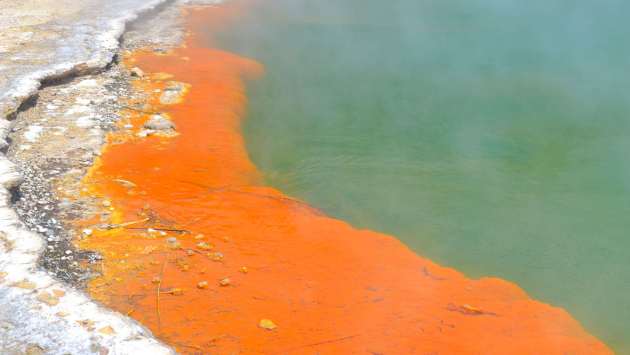
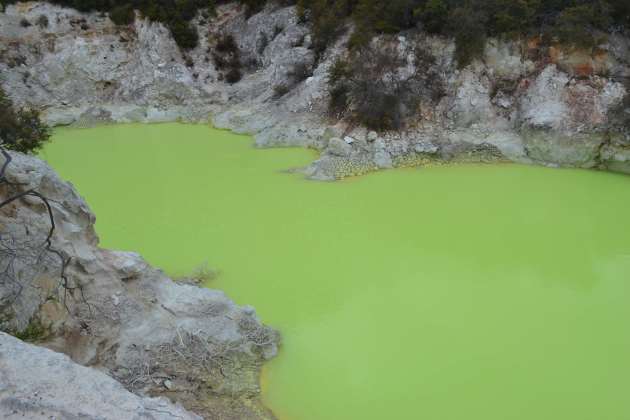

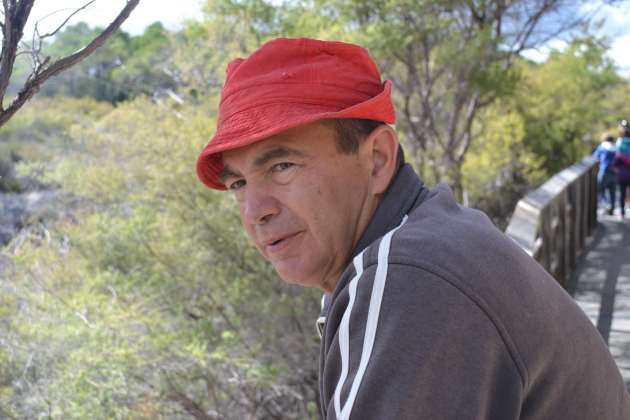
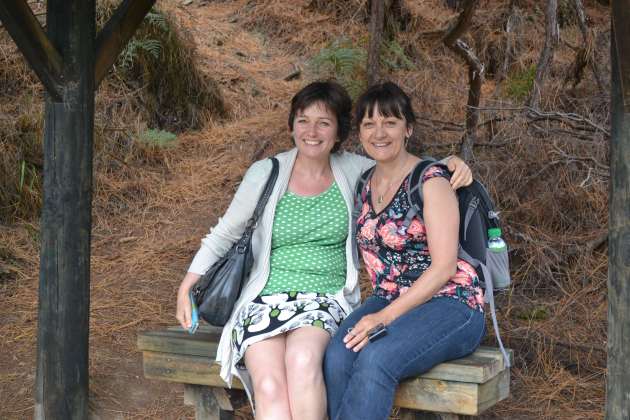
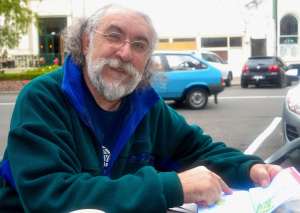

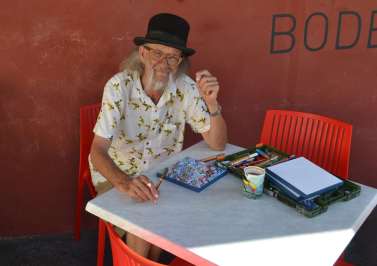

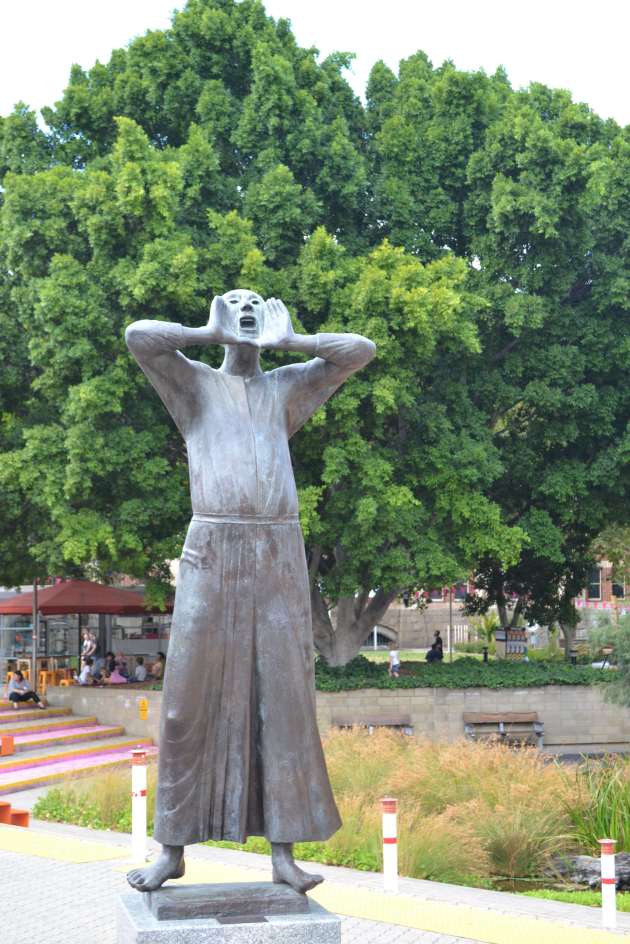
!["...and meanwhile back on earth, the blooms continue to flourish - Up in the heavens the gods contemplate their next move [secret charms are given to man]" - B Robinson.](https://jrharries.files.wordpress.com/2014/01/james_12.jpg?w=630&h=420)









